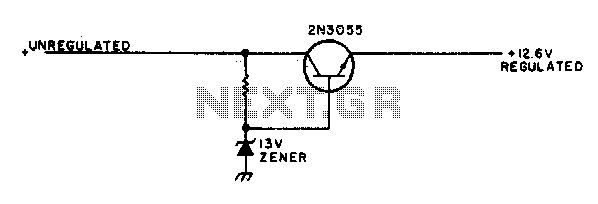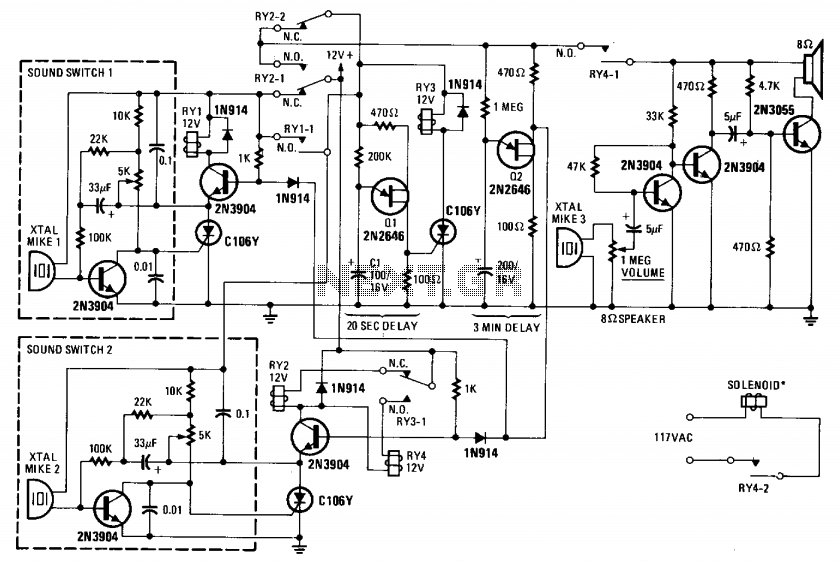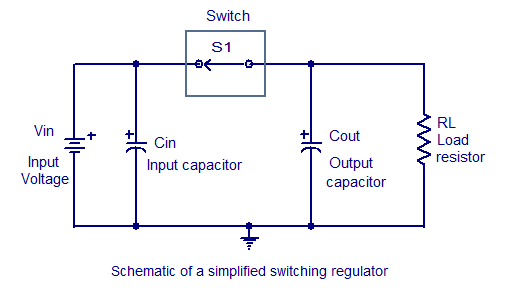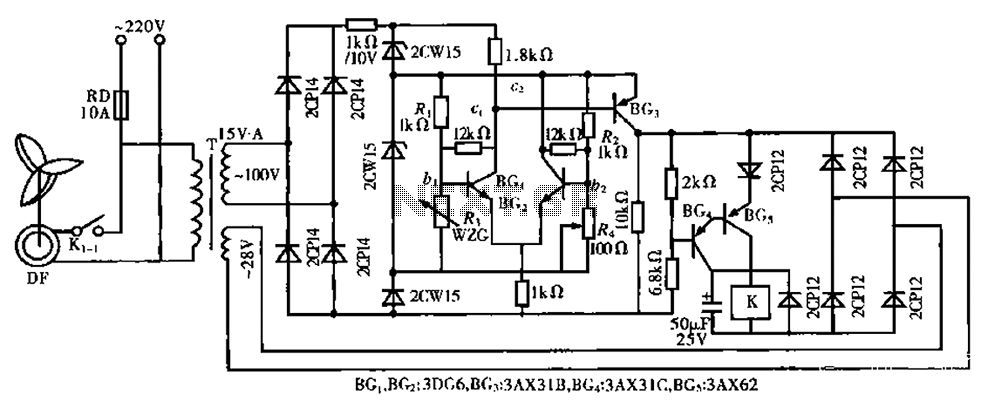
Remote Controlled Fan Regulator
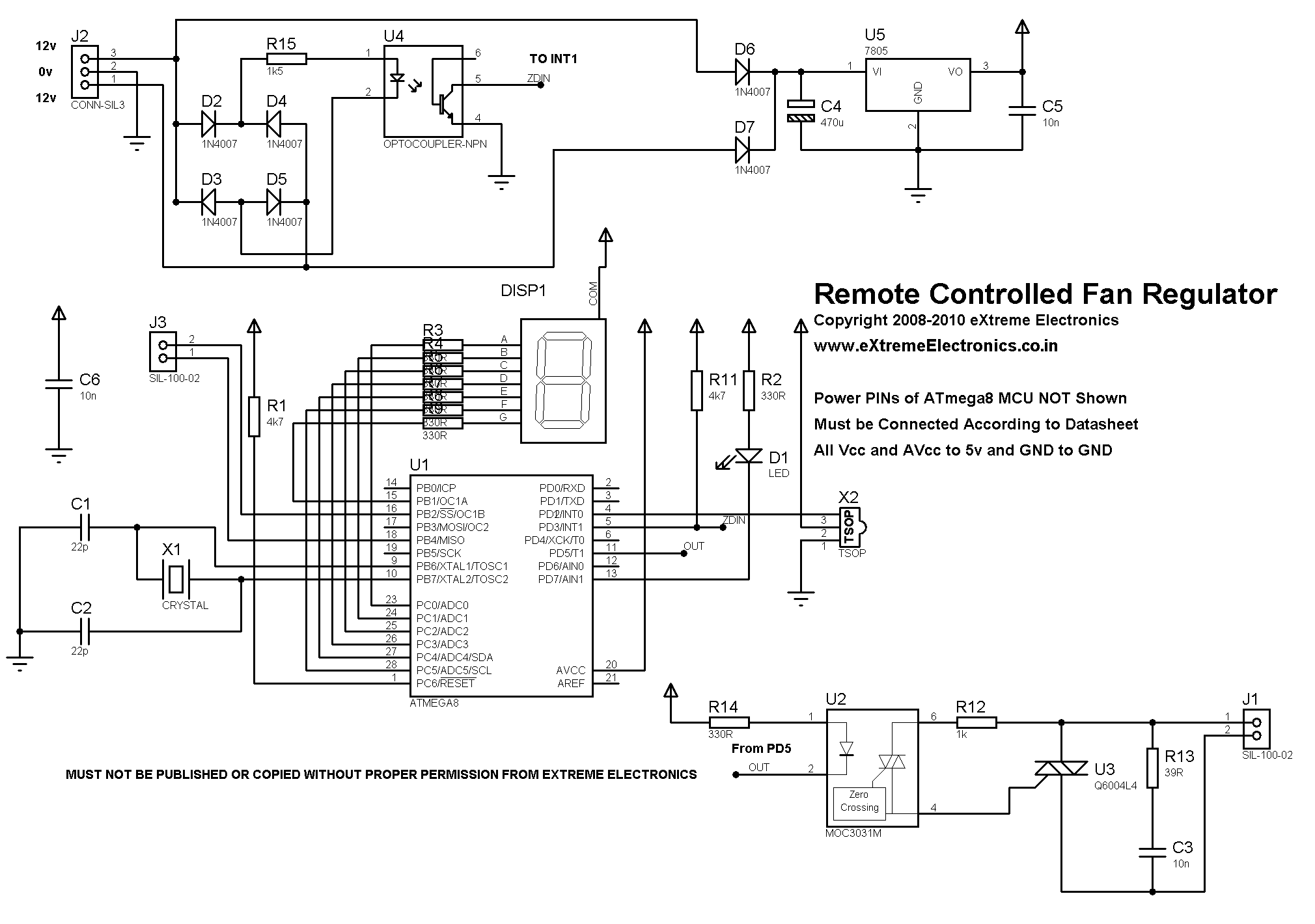
A detailed DIY remote-controlled AC fan regulator with 10-stage speed control. It is built using the ATmega8 microcontroller, and includes full source code and PCB layout.
This project involves designing a remote-controlled AC fan regulator that allows users to adjust the fan speed in ten distinct stages. The core of the circuit is based on the ATmega8 microcontroller, which provides the necessary processing power to interpret remote control signals and adjust the fan speed accordingly.
The circuit design includes an infrared (IR) receiver that captures signals from a remote control. The ATmega8 processes these signals to determine the desired fan speed. The microcontroller is programmed to control a triac or a solid-state relay, which in turn regulates the AC power supplied to the fan motor. This method of control allows for smooth speed adjustments, minimizing noise and flicker that can occur with less sophisticated methods.
The PCB layout is designed to accommodate all components, including the microcontroller, IR receiver, power supply circuitry, and the triac or relay interface. Careful attention is given to the placement of components to optimize performance and minimize electromagnetic interference. The source code provided is written in C, utilizing the AVR-GCC compiler, and includes functions for initializing the microcontroller, reading input from the IR receiver, and controlling the output to the fan.
Overall, this project combines both hardware and software elements to create an effective and user-friendly solution for controlling AC fan speeds remotely. The comprehensive documentation ensures that users can replicate the design and understand the functionality of each component within the circuit.A detailed DIY remote controlled AC Fan regulator with 10 stage speed control. Made with ATmega8, full source code and PCB Layout.. 🔗 External reference
This project involves designing a remote-controlled AC fan regulator that allows users to adjust the fan speed in ten distinct stages. The core of the circuit is based on the ATmega8 microcontroller, which provides the necessary processing power to interpret remote control signals and adjust the fan speed accordingly.
The circuit design includes an infrared (IR) receiver that captures signals from a remote control. The ATmega8 processes these signals to determine the desired fan speed. The microcontroller is programmed to control a triac or a solid-state relay, which in turn regulates the AC power supplied to the fan motor. This method of control allows for smooth speed adjustments, minimizing noise and flicker that can occur with less sophisticated methods.
The PCB layout is designed to accommodate all components, including the microcontroller, IR receiver, power supply circuitry, and the triac or relay interface. Careful attention is given to the placement of components to optimize performance and minimize electromagnetic interference. The source code provided is written in C, utilizing the AVR-GCC compiler, and includes functions for initializing the microcontroller, reading input from the IR receiver, and controlling the output to the fan.
Overall, this project combines both hardware and software elements to create an effective and user-friendly solution for controlling AC fan speeds remotely. The comprehensive documentation ensures that users can replicate the design and understand the functionality of each component within the circuit.A detailed DIY remote controlled AC Fan regulator with 10 stage speed control. Made with ATmega8, full source code and PCB Layout.. 🔗 External reference

